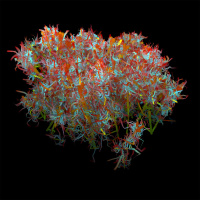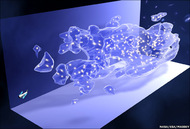Preparing for Chaos: Patently Lame
 Tuesday, April 15, 2008
Tuesday, April 15, 2008 
The Boston Molasses DisasterIt seems tautological that it's impossible to get ready for Chaos. Yet a recent patent application by researchers at IBM claims to do just that. In their System and method for optimizing the selection, verification, and deployment of expert resources in a time of chaos Robert Friedlander, Richard Hennessy, Anwer Mujahid Khan and James Kraemer describe:
A computer implemented method, apparatus, and computer usable program code for finding skills and resources for a chaotic event. Skills data for the chaotic event are organized. A determination is made whether the skills and the resources are available in response to a receiving an identification of the skills and the resources that are required to manage the chaotic event. The skills and the resources are optimized based on requirements and constraints, potential skills, and enabling resources to determine optimized skills and optimized resources. The availability of the optimized skills and the optimized resources are verified. The optimized skills and the optimized resources are reoptimized in response to a determination that the optimized skills and the optimized resources are unavailable.
Pardon my skepticism here - while what is described here certainly seems laudable, it doesn't sound like much more than a nice robust system that links resources with those who need them. The word "chaos" is being (mis)appropriated to add some juice to the patent claim. There ain't no chaos here, at least not in the sense of CHAOS Theory. The word chaos then doesn't convey anything more than a hook for readers and , presumably, patent examiners.
Maybe the authors do better in actually describing a chaotic event. See what you think:









